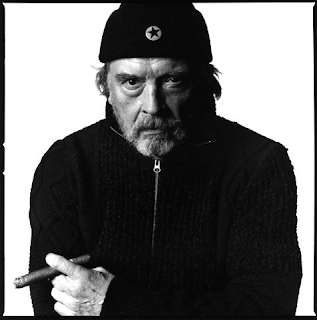Photography evaluation
The equipment used
Cambo camera stand
Tripod
Canon 5d
Canon SD II
Green screen (chroma key)
Bowens 500w portable lighting
DSLR camera
Light meter
DSLR camera
Light meter
Lightroom
Photoshop
Photoshop
I was first introduced to photography in September. I also had my first set of portrait photos taken in October this session was to improve our ability when setting up the camera, lights and our confidence in front of the camera.
For a task that related to Mark and Lance I had to use my photography skills to take horror photos for the theme on Halloween. I used use green screen. Known as chromakey.
So as photography was taking shape I moved on to light drawing. Light drawing was a simple and enjoyable task. To draw with lights I used glow sticks and torches with colored filters. I had to keep my finger on the capture button of the Canon 5d camera while a partner was drawing with the torch or glow sticks. The rooms had to be in complete darkness and by drawing I mean waving the glow sticks and torches around.
I researched shutter speed/ISO and shutter speed and all that research is on my website.
To give you a brief example ISO speed affects the shutter speed. ISO is how sensitive the image sensor is to the amount of light present.
Exposure is the total amount of light allowed to fall on the photographic medium during the process of taking a photo.
Shutter speed is a setting on the camera, which controls the length of time the shutter is open.
I moved onto low key lighting. I had a look in a photography books at low key lighting images. I did like low key lighting images. It was a good session but i didn't have many photos taken.
After half term i moved onto stop frame photography. Stop frame photography consists of using objects and people. For example. If i had a football and a net, i would move the ball slowly capturing the balls movement until the ball is in the net. I created a bird stop frame photography. I'm happy with my stop frame photography piece because i thought it was a great idea.
I was introduced to an editing software called light room, it's much easier than photoshop.
I then moved onto still life photography. This was a lesson we concentrated on looking at how to set up the DSLR camera. The DSLR camera was attached to a cambo stand. We were shown how to adjust the settings and the camera to the lighting conditions of the room by using a light meter. A light meter is used to measure the amount of light. The light meter is used to determine the proper exposure for a photograph. Once to test the light meter on it will then give you recommended settings (f-stop and shutter speed) which you then input on the camera. Were given a tutorial but then we had to go and do it ourselves, which includes setting the camer settings to the light meter.
Triptychs was my next topic. Instead of taking a photo of someone's body, this was about taking photos of the body separately. (head, chest and legs) doing this gave us the ability to swap body parts around with others. I enjoyed this task it was good. I put a boys head on a girls body. Really enjoyable. We edited the photos in photoshop.
I then went on to research photographers and there work. I came across David Bailey, here is an image that i tried to emulate. I did enjoy researching David and Steve, and that was my main reason in trying to emulate their work. In order to have these photos taken i had to book the studio.
Below is Steve Pyke's work i researched and tried to emulate.
Finally i was introduced to the work of David Hockney. David Hockney.
is an English painter, draughtsman, printmaker, stage designer and photographer, who is based in Bridlington, Yorkshire and Kensington, London. David Hockney has also worked with photography, or, more precisely, photocollage. Using varying numbers ofPolaroid snaps or photolab-prints of a single subject Hockney arranged a patchwork to make a composite image. Below are examples of Hockney's work.
is an English painter, draughtsman, printmaker, stage designer and photographer, who is based in Bridlington, Yorkshire and Kensington, London. David Hockney has also worked with photography, or, more precisely, photocollage. Using varying numbers ofPolaroid snaps or photolab-prints of a single subject Hockney arranged a patchwork to make a composite image. Below are examples of Hockney's work.
 The picture of the woman above was one that caught my eye. David captures many images in order to create her face. I do like the image and the creativity he has used. Above it a piece i put together using photoshop, we were sent out to capture our own images, and here is the final result.
The picture of the woman above was one that caught my eye. David captures many images in order to create her face. I do like the image and the creativity he has used. Above it a piece i put together using photoshop, we were sent out to capture our own images, and here is the final result. This year i have learnt a lot. Photograpgy wasn't my strongest subject, at times it was hard to find the motivation and confidence when having my photo taken. I have enjoyed the course and year, i know how to use a camera better and edit photos. What i enjoyed most was stop frame photography, the piece i created with the birds was enjoyable. Throughout the year my confidence has improved, if i were to do this again then i can only hope that i have more photos taken of myself.



































